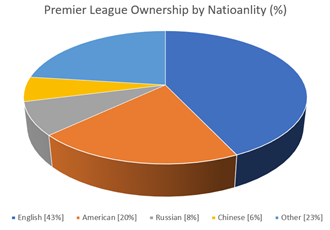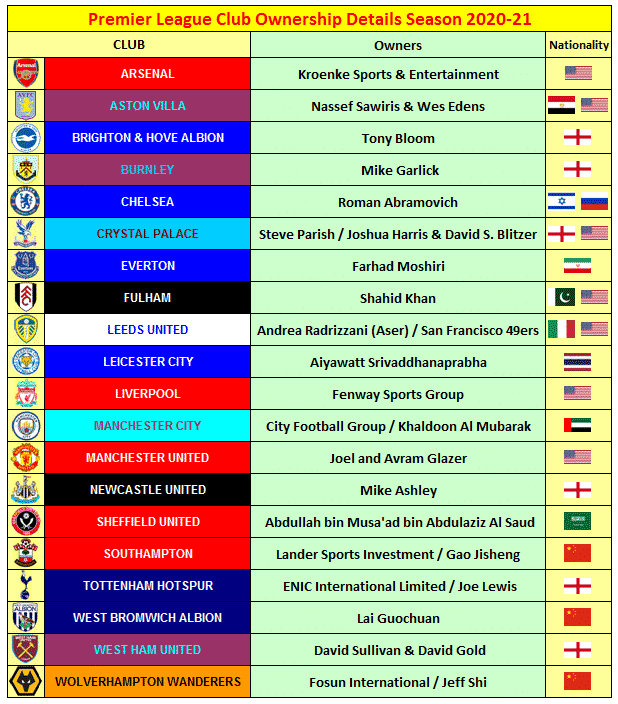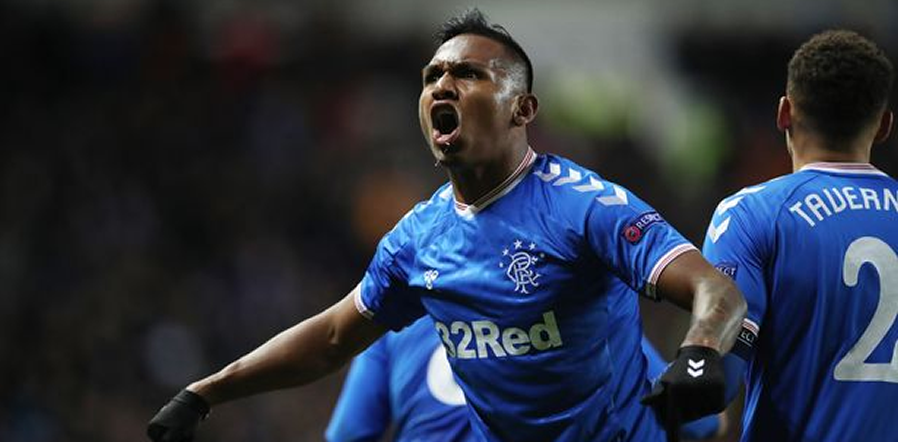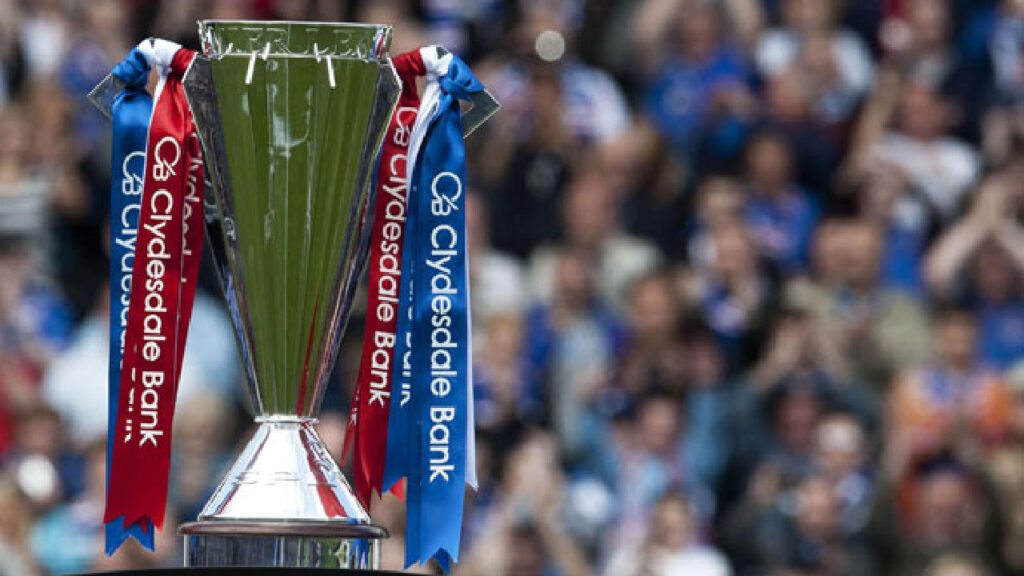Hello hello and welcome to the first Deep Dive Supplementary Document! It is hoped that this will provide a good reference point for which you can “dive” (get it?) into to gather more information on the topics covered in the pod discussion. The document will broadly follow the same format as the actual pod, but hopefully provide further insight and articles that have influenced the discussion.
Please feel free to provide feedback on the document and let us know if this is something you would like to see more of in the future.
Private Ownership
Foreign Investment Model
Could often just be called the “sugar daddy” model if we are being honest. These are owners who have made their wealth in countries around the world that decide to buy football clubs in other nations. This is especially high profile in England, where the majority of clubs are ran under foreign ownership. There are of course domestic private owners of football clubs. In England, Mike Garlick owns Burnley and has a net worth of £50 million yet is bottom of the Premier League ‘Rich List’. Interestingly enough, as can be seen from the table below there was actually a significant amount more of foreign owners in the Championship than the Premier League in the 2017/18 season, showing that foreign owners are likely to take a chance on a team in a lower division and try to get them promoted. Furthermore in the pie chart below, you can see the nationality of all the owners of the premiership clubs by percentage with an infographic detailing all the premiership clubs, their owners and where they come from.



The problem with this model is that while foreign and private ownership does lead to on-pitch success, it is desperately unstable. Using the Roman Abramovic example, if he were to pull the plug on Chelsea’s finances tomorrow then they would be in a perilous financial position given their reliance on his cash.
The 50+1 Model and Fan Ownership
It is much discussed and much-fabled, but the 50+1 rule might not be the panacea that it is made out to be.
Essentially, the rule guarantees that fans (or ‘members’ as they are described) have a majority of the voting rights within their clubs. Under the rules, no club would be allowed to compete in any German football competition if a commercial investor owned more than 49% of the voting rights. So for example, Roman Abramovic would not be allowed to do what he has done at Chelsea in Germany.
Now, the 50+1 rule has done a lot of good for German fans undoubtedly. Low ticket prices, beer at the ground, and reduced prices on public transport for fans attending games have all caught the eye of fans who would like to see this model spread to other countries.
The model isn’t bulletproof however and like anything in football, clubs will often push the boundaries of acceptability. Bayer Leverkusen, Hoffenheim, Hannover, and Wolfsburg have all got commercial investors who own more than the designated 49% as those investors have been given as having owned shares n the club for over 20 years.
And then there is nobody’s favourite, RB Leipzig. Leipzig have seen their success supercharged due to the cash injection they have received from Red Bull which has led to people asking how this can be with the 50+1 model in place. The way they have managed to get around this is by having exactly 20 ‘members’ who own the 50+1% of voting rights – but they all work for Red Bull. Due to that, they basically pass through all the cash and reforms from the parent company that really runs the club. Furthermore, this has led to accusations of some that the growth and success of RB Leipzig is not organic and has lead to resentment. This attitude can however of course be seen with clubs of other ownership models, with the best example of this, of course, being Manchester City whose growth has been artificially stimulated since the arrival of Sheikh Mansour. This is the ultimate demonstration of the fragility of the 50+1 model. It is easily exploitable especially if a larger organisation invests heavily in a smaller club and supercharges their success, leading to what many see as artificial rather than organic growth – essentially the same issue with the private foreign ownership model.
Community-owned clubs in the UK tend to be smaller clubs as it is just logistically more difficult to do this with a larger organisation. There is the famous example of FC United of Manchester, the breakaway club from disgruntled Manchester United fans but they are unashamedly a small community-run outfit. Having a similar model at Manchester United would be almost impossible due to the logistical and financial barriers to running arguably the world’s biggest club which is why we are likely to never see a model like this take off with a massive club.
Further reading:
https://www.bundesliga.com/en/news/Bundesliga/german-soccer-rules-50-1-fifty-plus-one-explained-466583.jsp
https://www.goal.com/en/news/what-is-50-1-rule-ownership-model-bayern-munich-dortmund/1tbauau8p6cm01xbm8ok60k1uc
https://tribunemag.co.uk/2021/04/fan-ownership-is-the-future-of-football
file:///C:/Users/Ross/Downloads/DanielTorchia-Communitycreationandmanagementinafan-ownedfootballclub.pdf
https://www.myfootballfacts.com/2020/04/article-foreign-ownership-of-premier-league-clubs/




